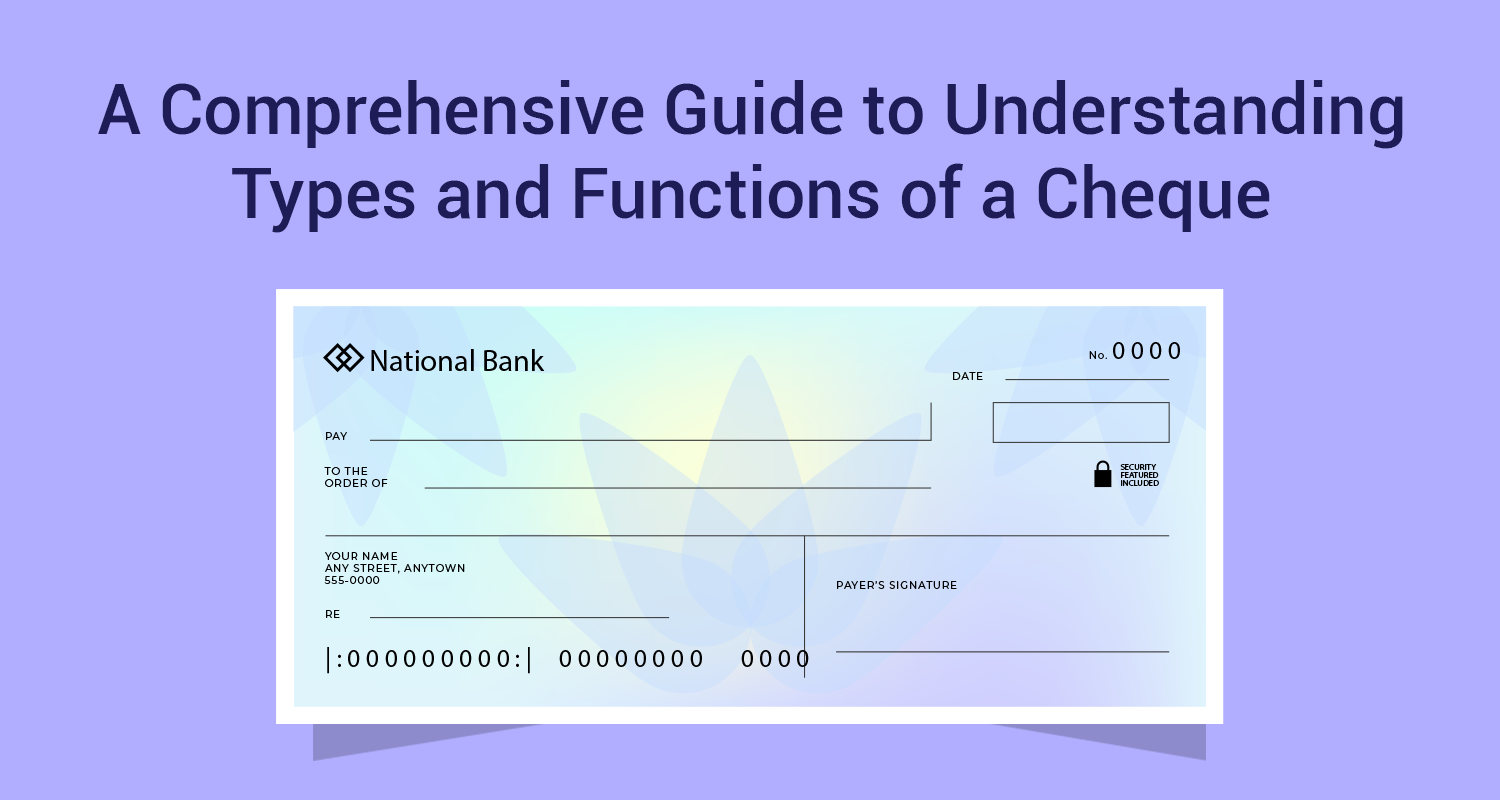What Is SIP and How Does It Work?

One of the most interesting methods of investing in mutual funds (especially equity funds) is through the systematic investing plan (SIP) route. A SIP is quite simple! It entails investing a fixed sum of money in a mutual fund on a regular basis on a fixed date. You can structure the SIP to be fortnightly, monthly or quarterly. Ideally, a monthly SIP is the best as it matches with your cash flows and therefore it is easier to monitor. The big question is what is the SIP all about and how does it work to build wealth over the long run?

To understand the concept of SIP and its merits, there are four key aspects about a SIP that you need to know.
SIP is all about the discipline of regular investing
One of the basic rules of wealth creation is that in the long term it is the time and not the timing that matters. When you stay invested for longer periods of time in quality equity funds then you are bound to outperform the market. Regular investing is based on the premise that over longer periods of time your ability to catch the market tops and bottoms do not really matter. That is because if you miss even a handful of extreme return days, then you are likely to earn much lower returns. The SIP is an answer to this problem. What the SIP does is to make you regularly invest a fixed sum of money in an equity fund over long periods of time. Check out this table below:
|
Particulars |
10-Year SIP |
20-Year SIP |
30-Year SIP |
|
Monthly SIP |
Rs.5000 |
Rs.5000 |
Rs.5000 |
|
CAGR Returns |
14% |
14% |
14% |
|
Total Investment |
Rs.6 .00lakhs |
Rs.12 .00lakhs |
Rs.18 lakhs |
|
Final SIP Value |
Rs.13.10 lakhs |
Rs.65.82 lakhs |
Rs.2.78 crore |
|
Wealth Ratio |
2.18 times |
5.49 times |
15.44 times |
The above table shows how the discipline of regular investing helps to create substantial wealth over the longer time frame. That is when discipline really works in your favour and the impact of time is seen in your wealth.
SIP offers you the power of rupee cost averaging (RCA)
Markets are, by default, volatile most of the time. That means there are good times followed by long periods of consolidation and weak markets. It is during these weak markets and periods of consolidation that the SIPs really work in your favour. You end up accumulating more units at lower levels and that will substantially reduce your cost of holdings over time. That will enhance your returns on investment substantially. SIPs bring in RCA because they actually benefit from volatile markets. When the markets go up you will anyway get the benefit of your units being valued at a higher price. When the markets come down you get to accumulate more units. Look at the illustration below where we have captured the returns on SIP HDFC Top-100 Fund between 2007 and 2013 when the index was almost at the same level. As you will see in the chart below, the annualized returns on the SIP are over 13% purely due to the power of rupee cost averaging, since the investment was regularly done in volatile times.

Evens out the market volatility
This is, in a way a corollary to the previous point but one needs to understand this point separately as volatility represents the risk in stock market investing. When a stock is volatile, the SIP actually manages to capture the best and this systematic approach actually evens out the volatility. That is, the SIP is also a tool for risk reduction as it tends to even out the volatility in the stock prices and gives you a cost of acquisition that is far lower than a lump-sum investment.
Bottom-line is that SIP enhances your returns
At the end of the day, that is what really matters to investors. The enhancement of returns does not come out of superior stock selection or fund selection. This enhanced return is purely an outcome of discipline and rupee cost averaging. These two factors combine to give you enhanced returns. As we saw in the case of the HDFC Top-100 fund, it has given 13.09% annualized returns in the 6 years when the markets have literally gone nowhere.
Finally, there are a couple of points that you need to remember to make a success of your SIP. While selecting a mutual fund plan always opt for a growth plan over a dividend plan. Not only are they more tax efficient but growth plans ensure automatic reinvestment. Secondly, don’t stop your SIP once you have started it. Discipline is the key!
Disclaimer : The information in this blog is for general purposes only and may change without notice. It does not constitute legal, tax, or financial advice. Readers should seek professional guidance and make decisions at their own discretion. IIFL Finance is not liable for any reliance on this content. Read more



